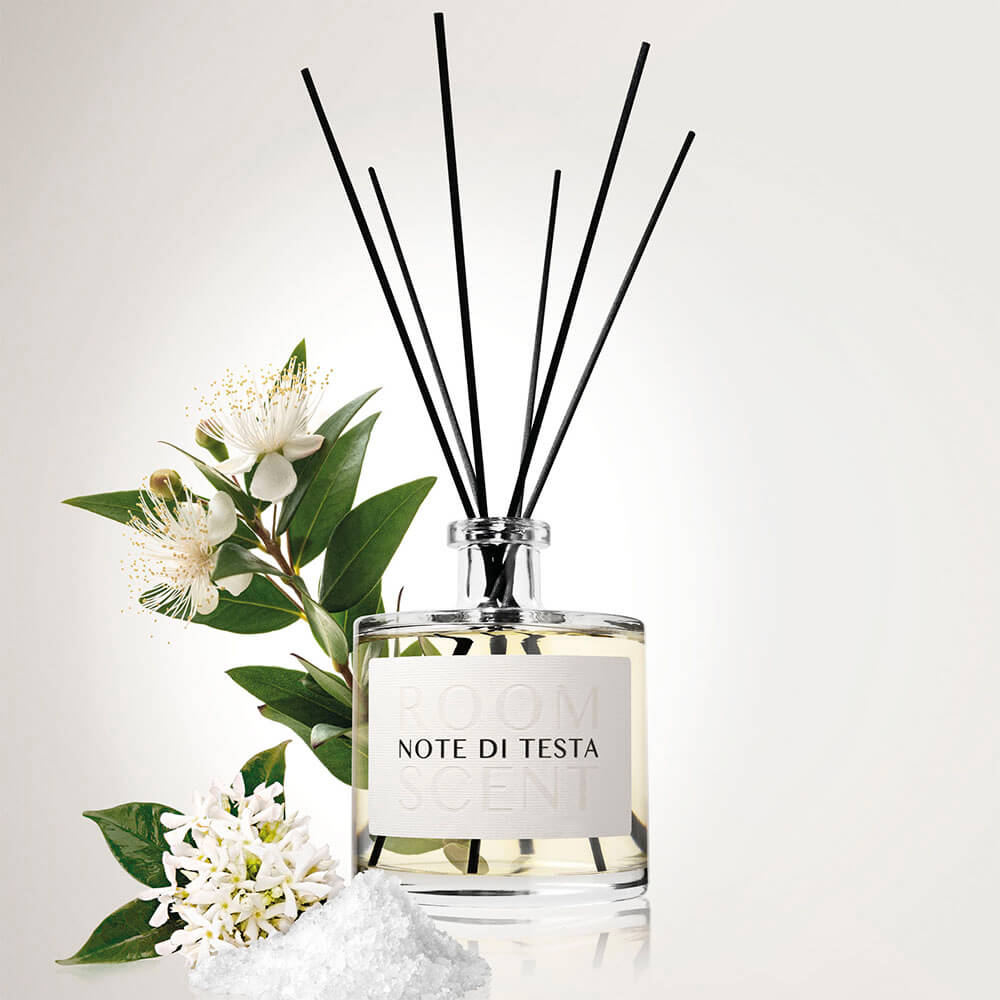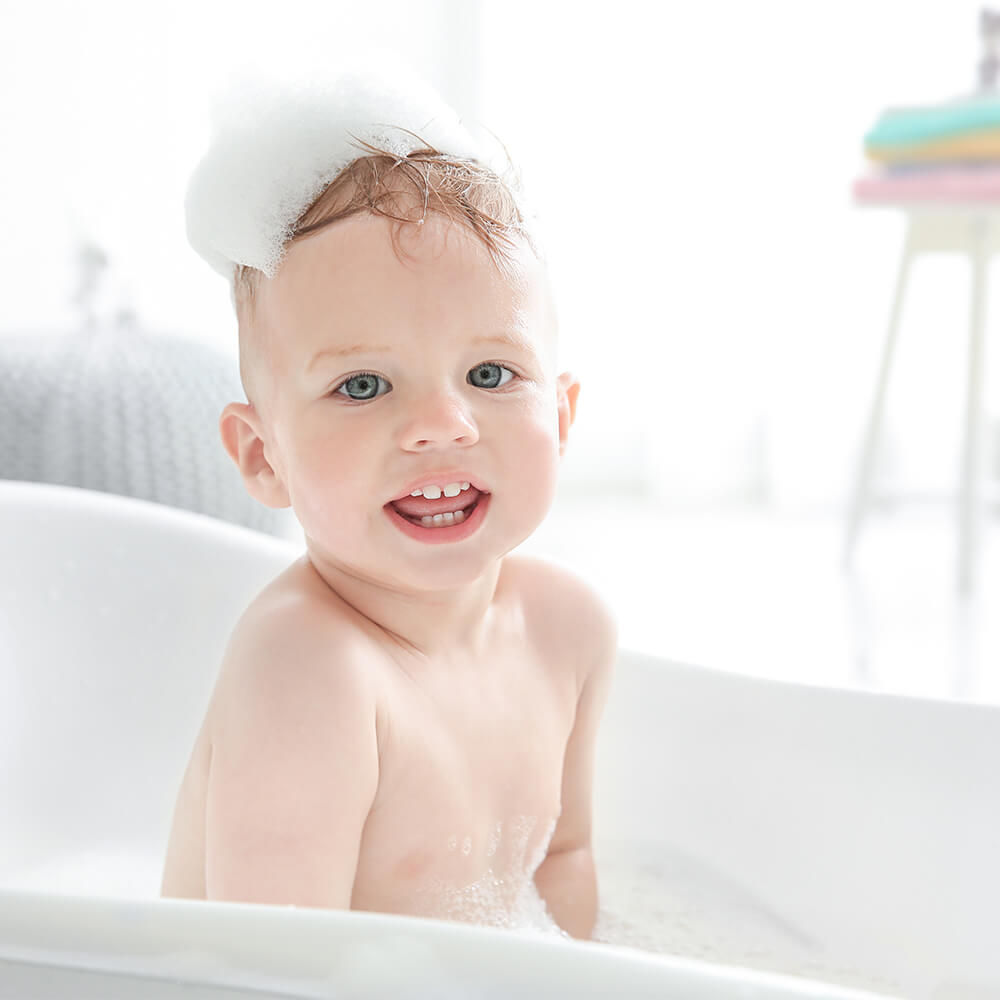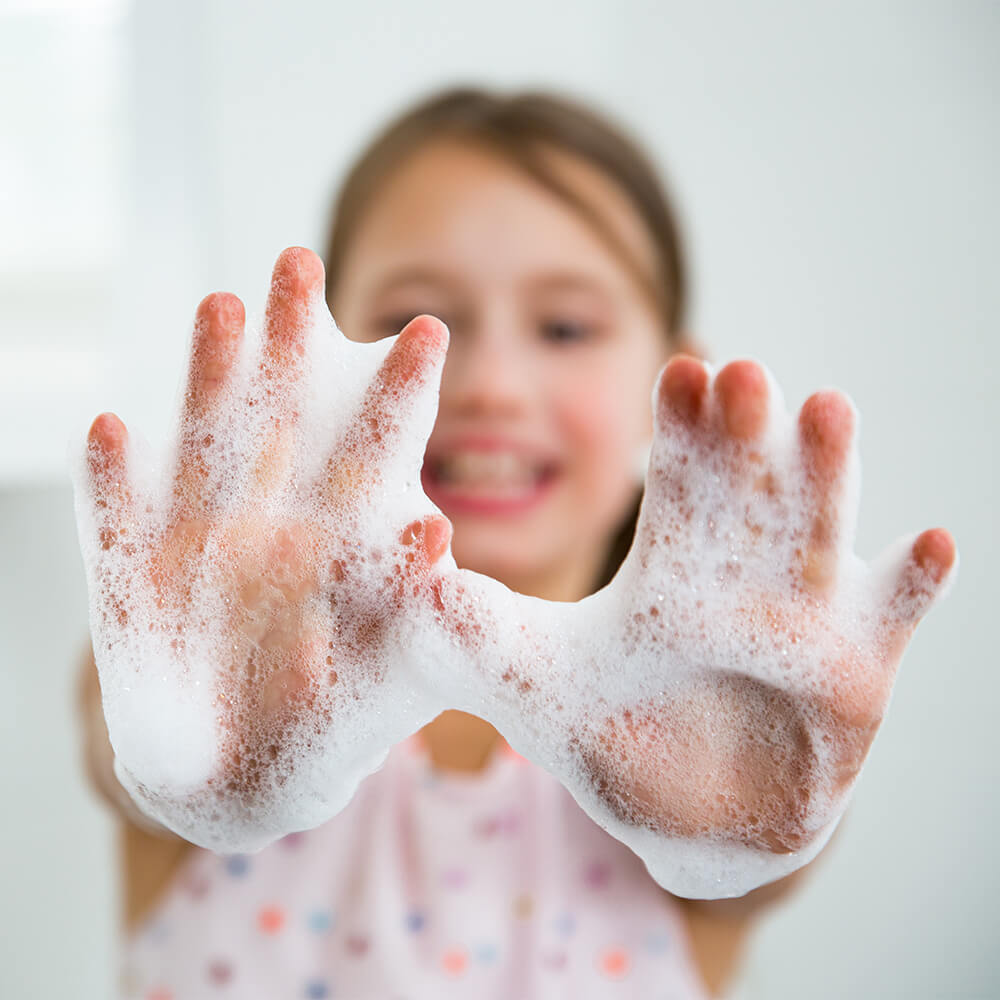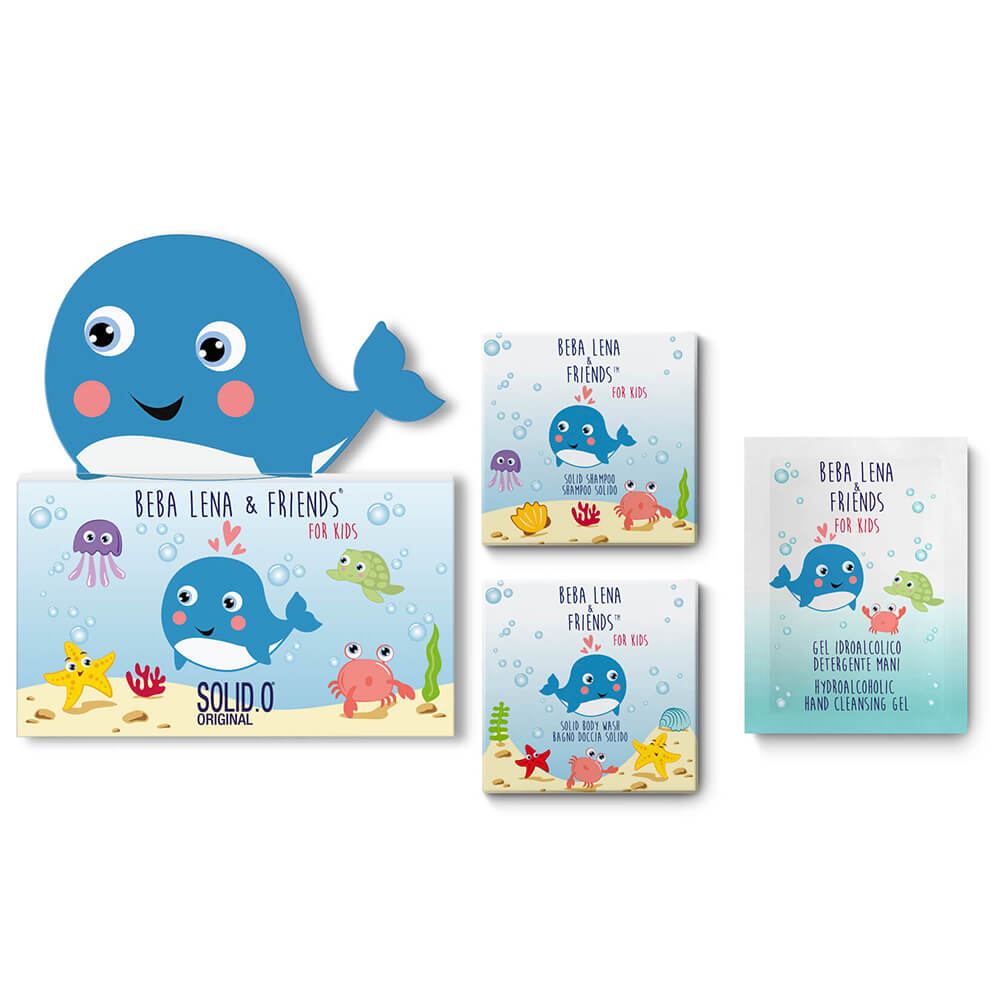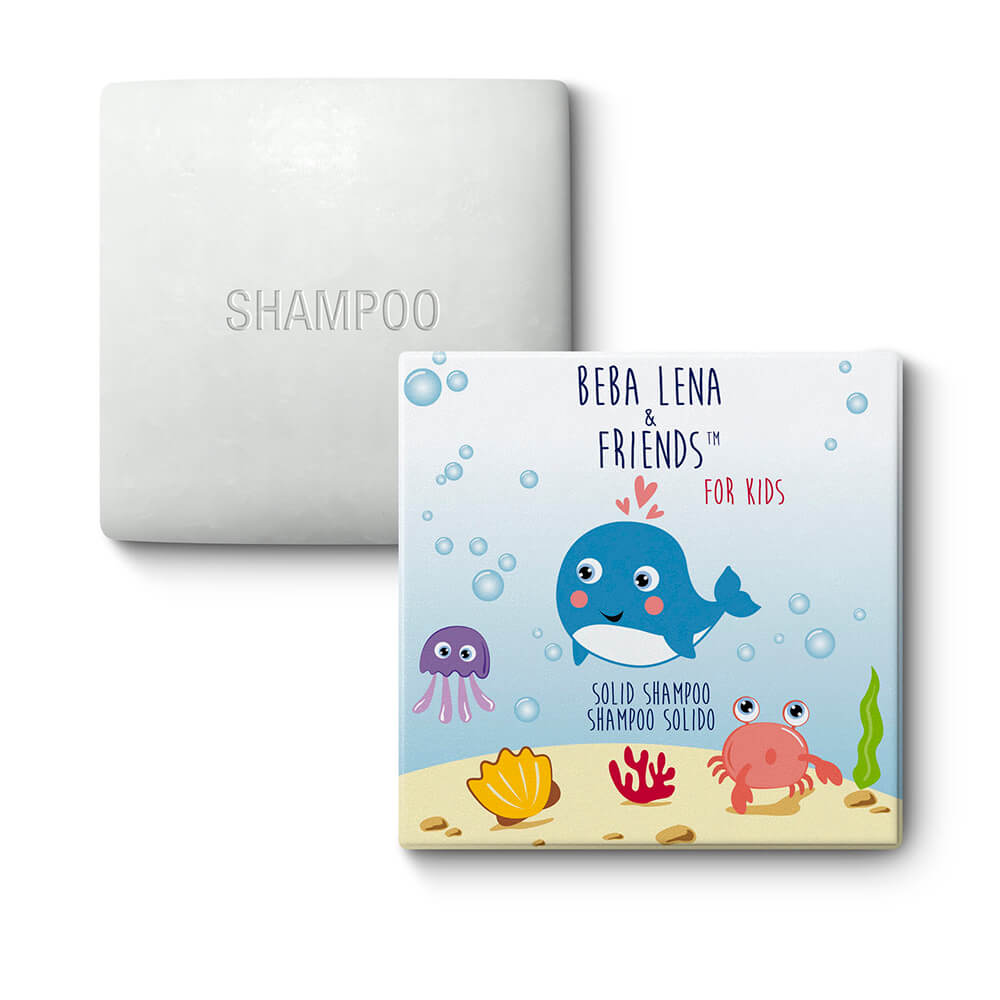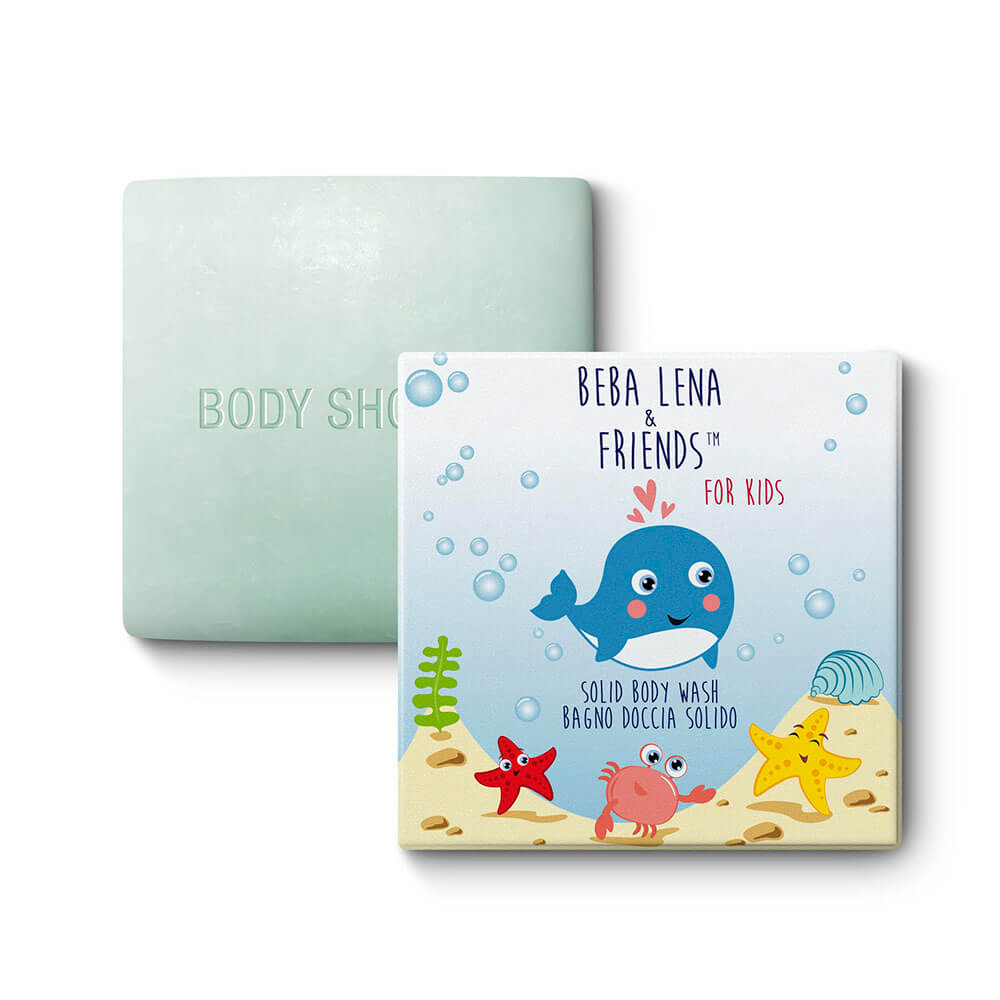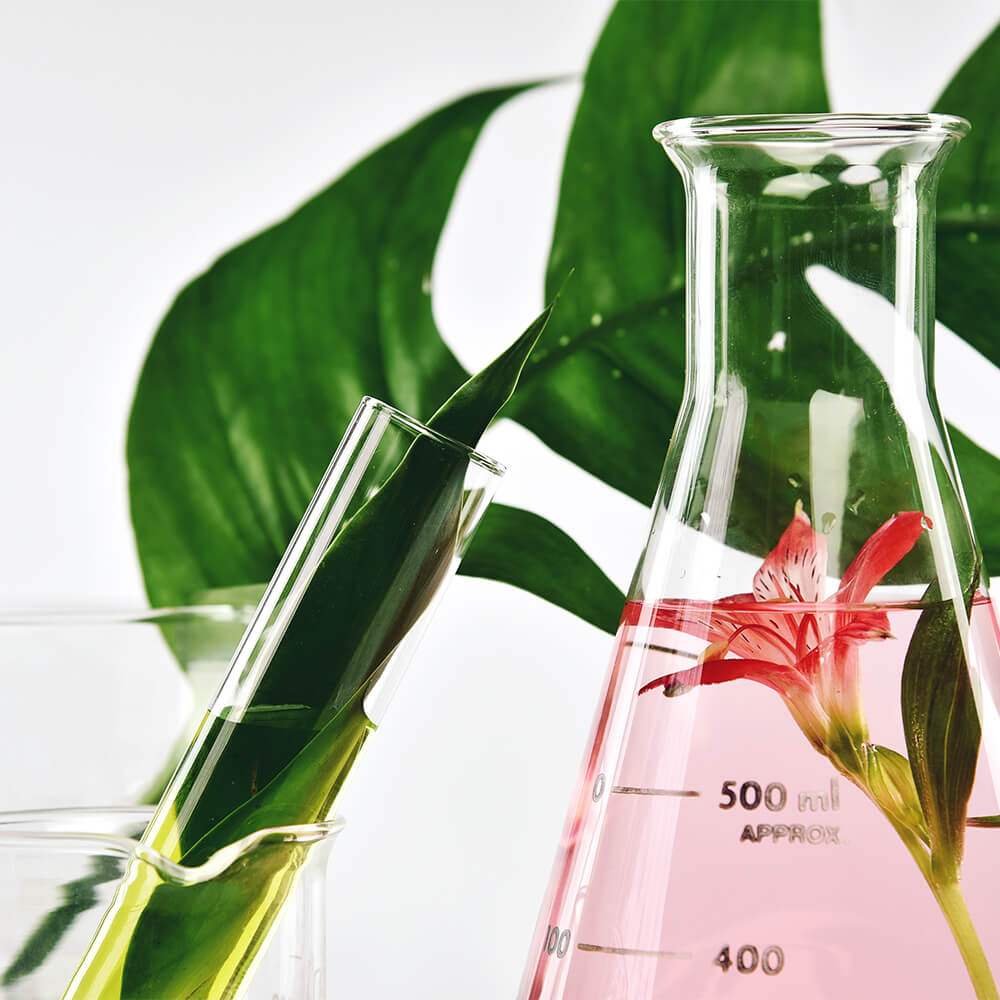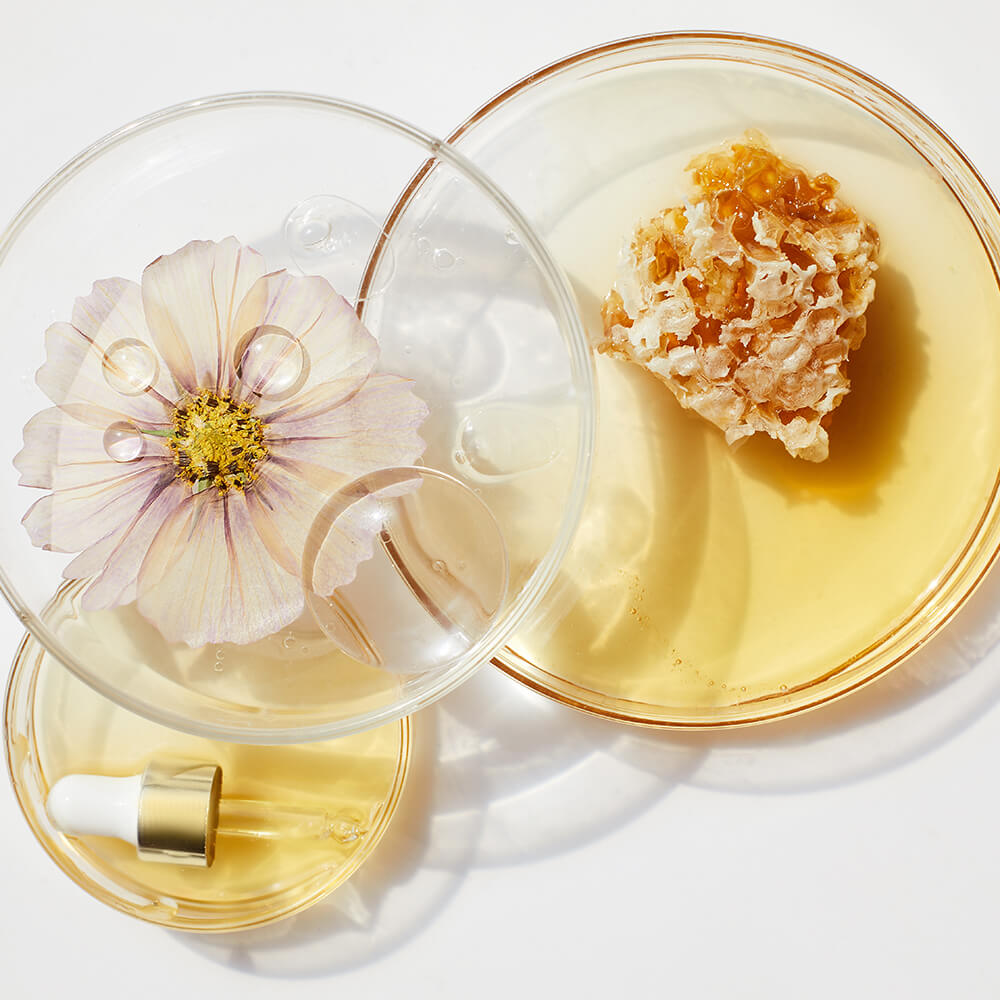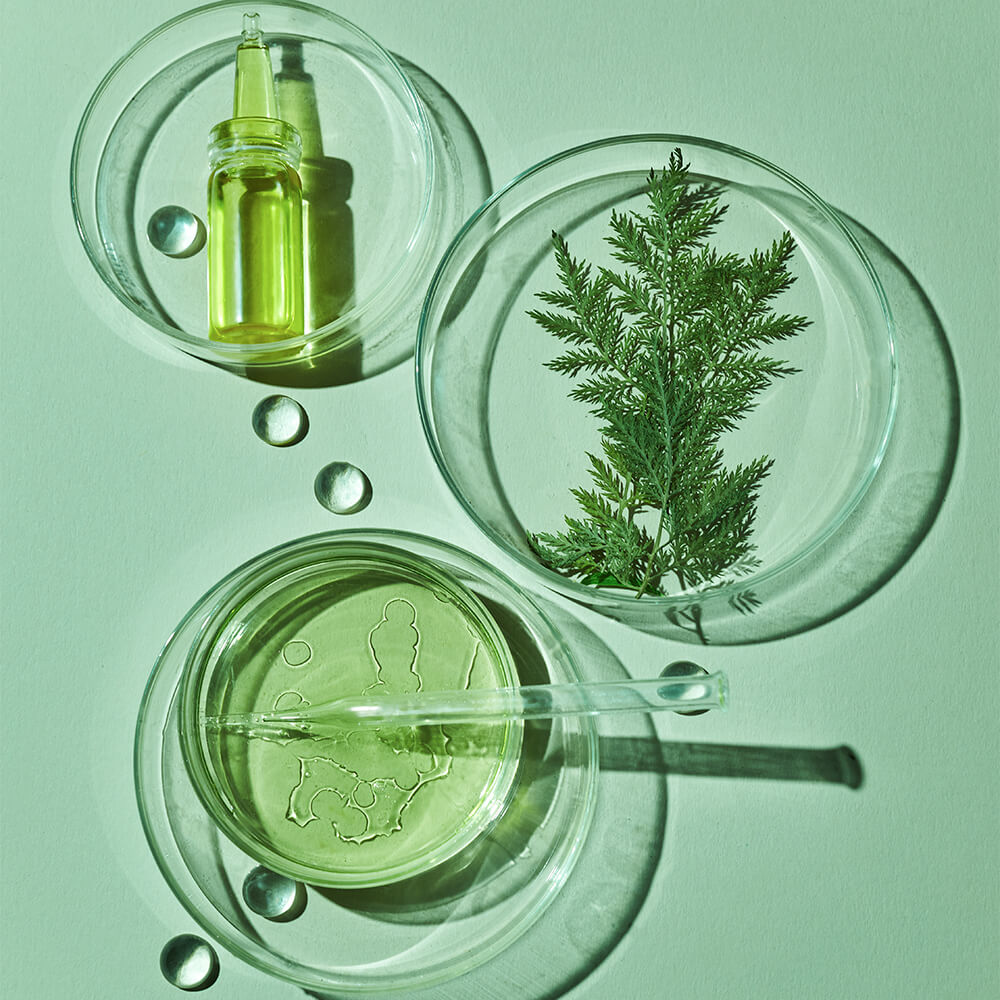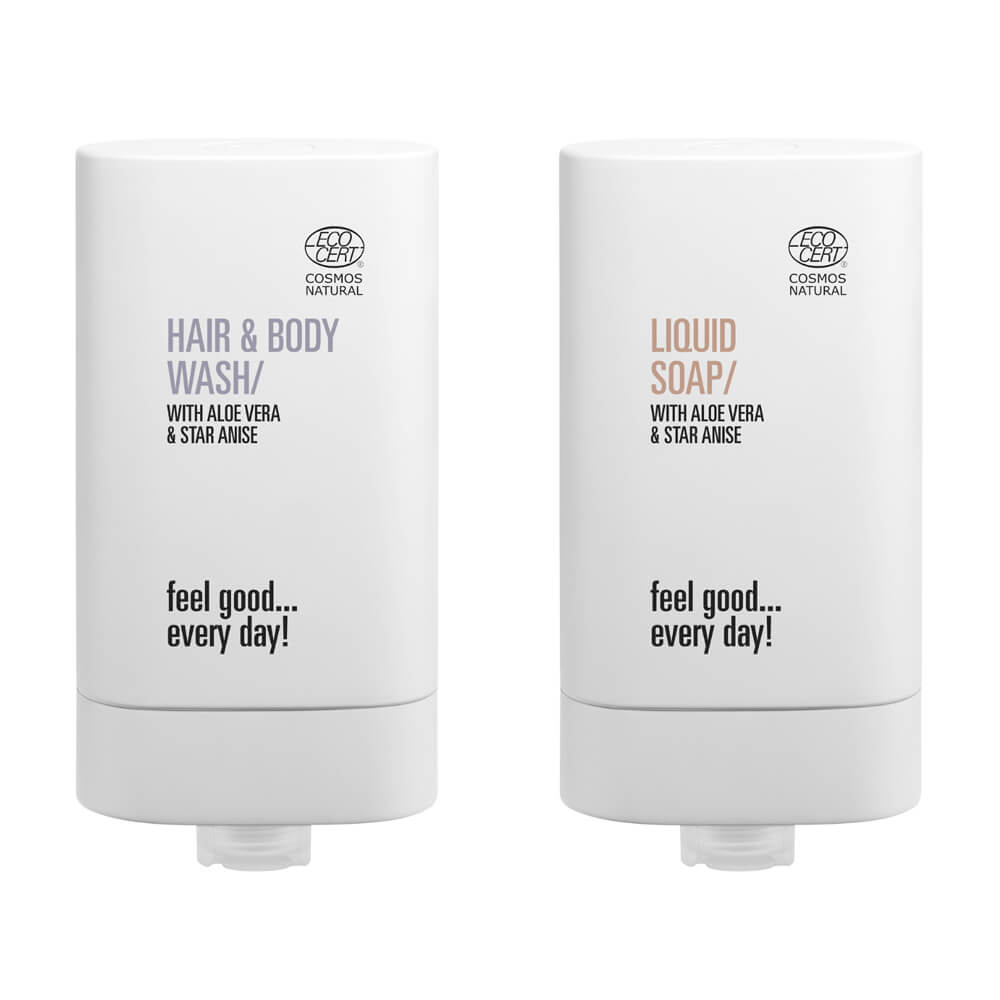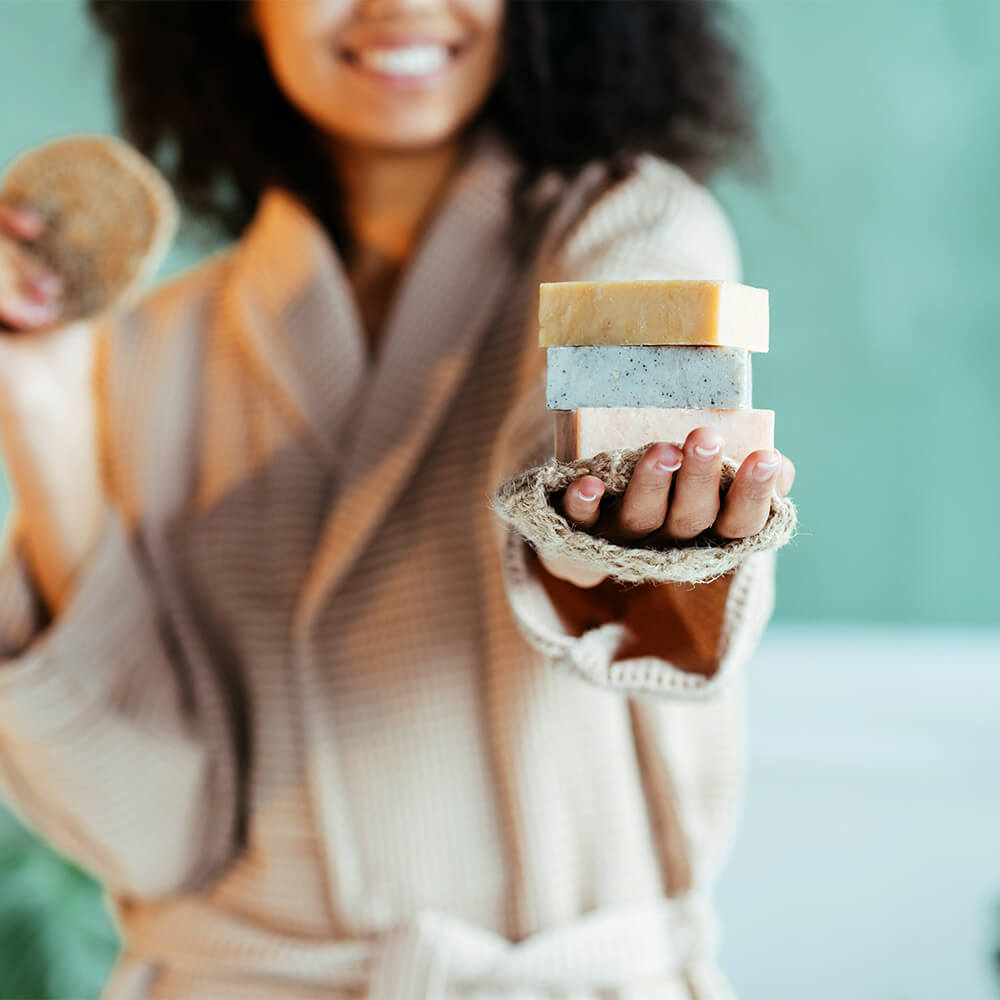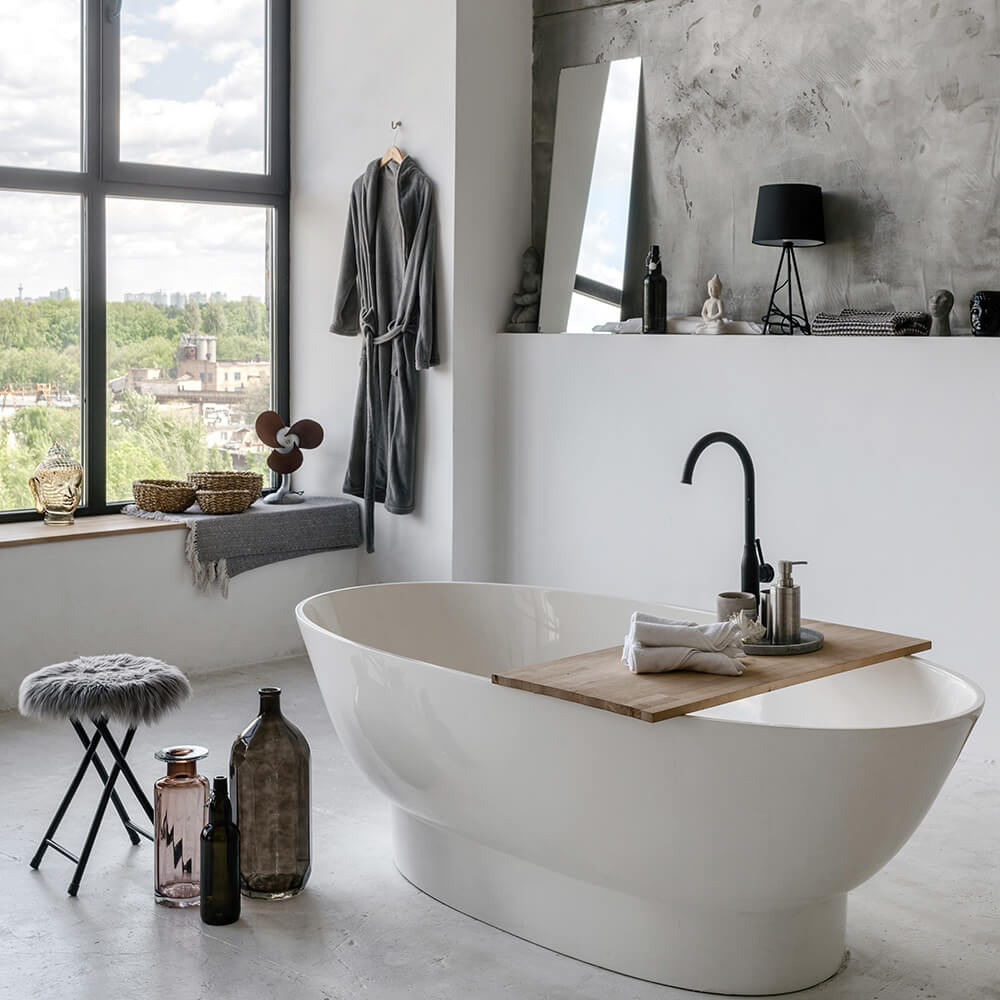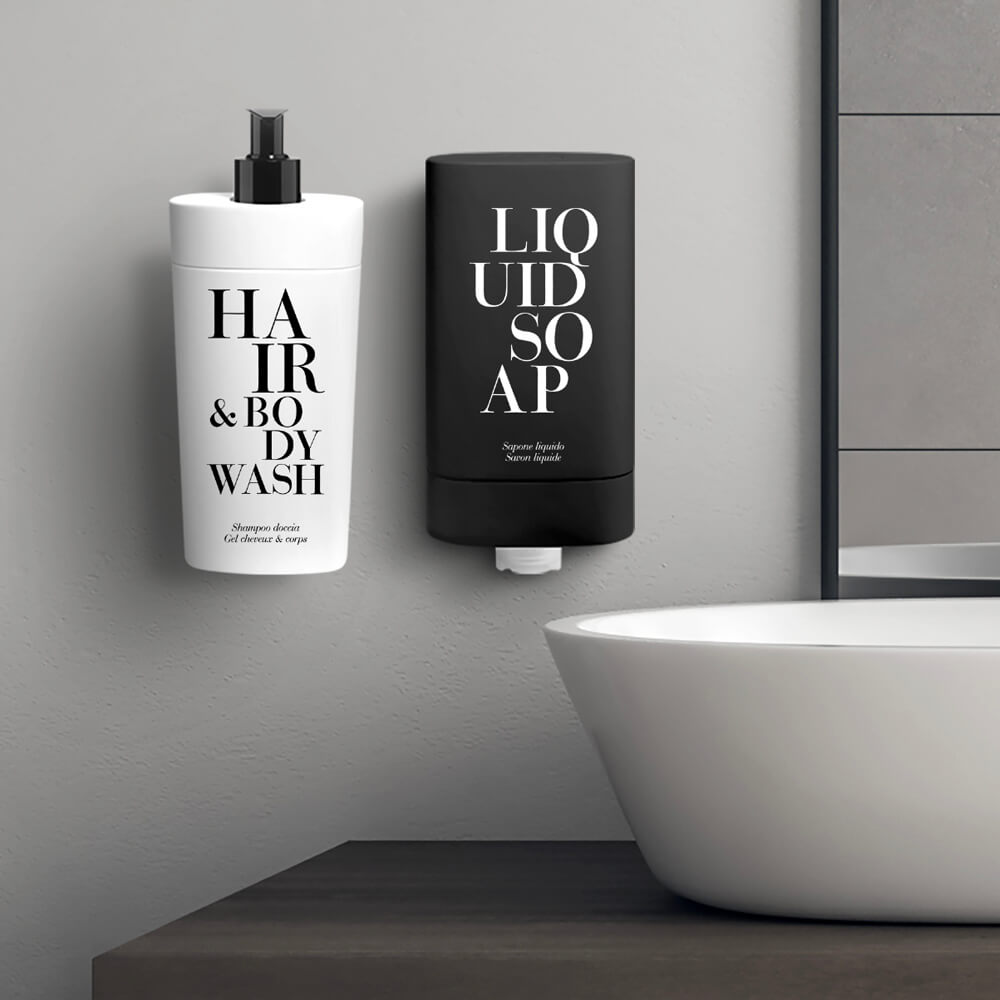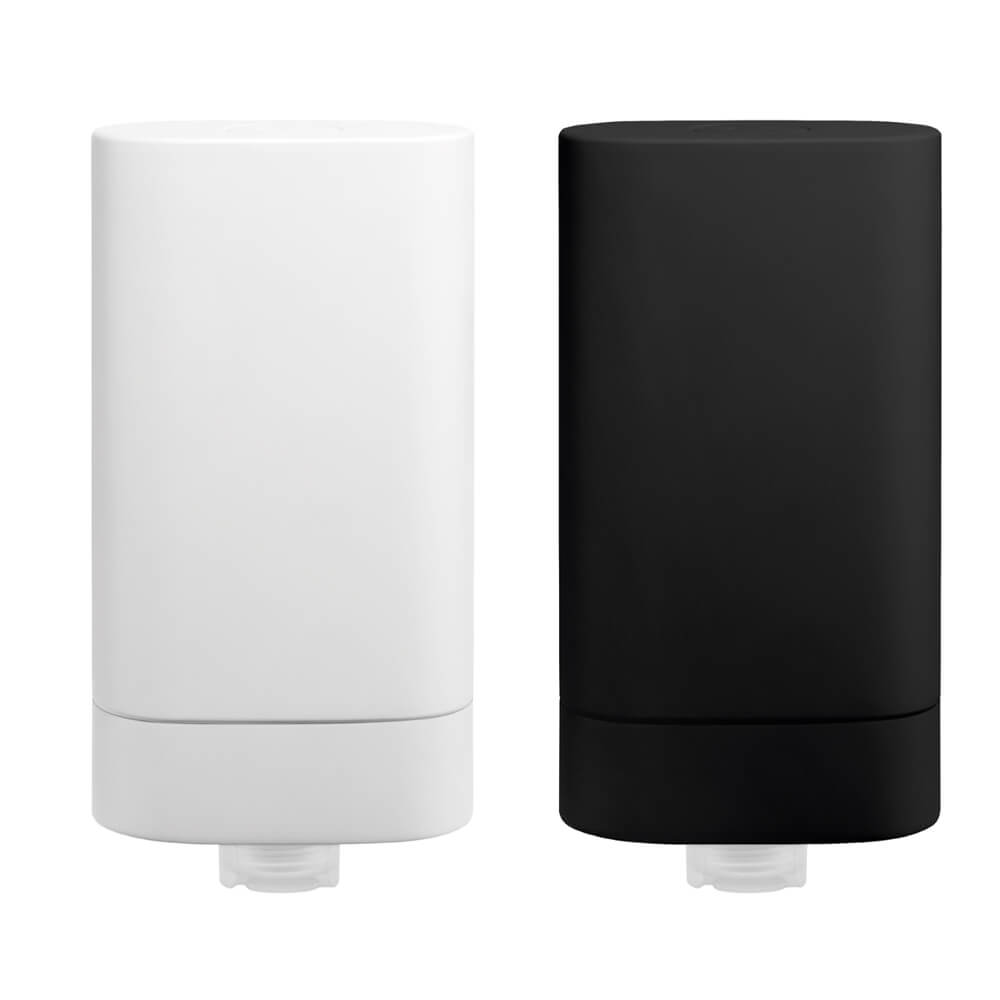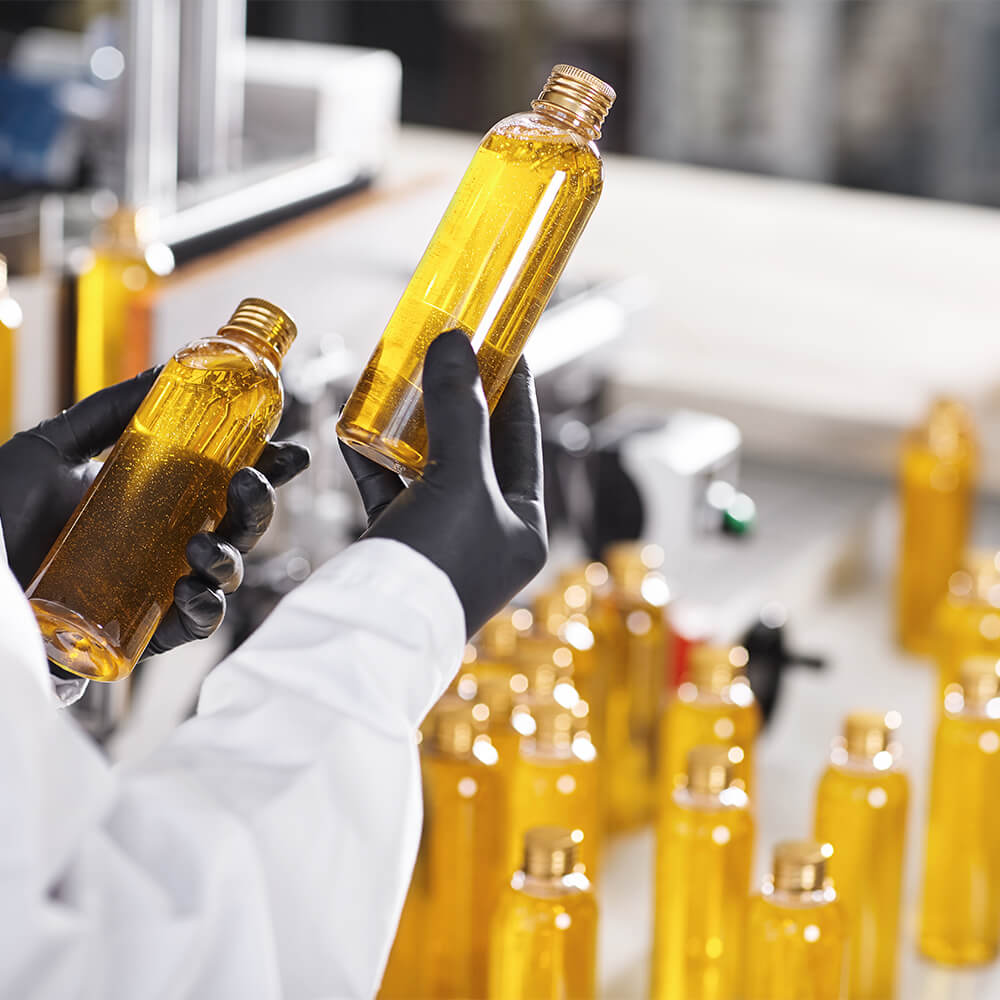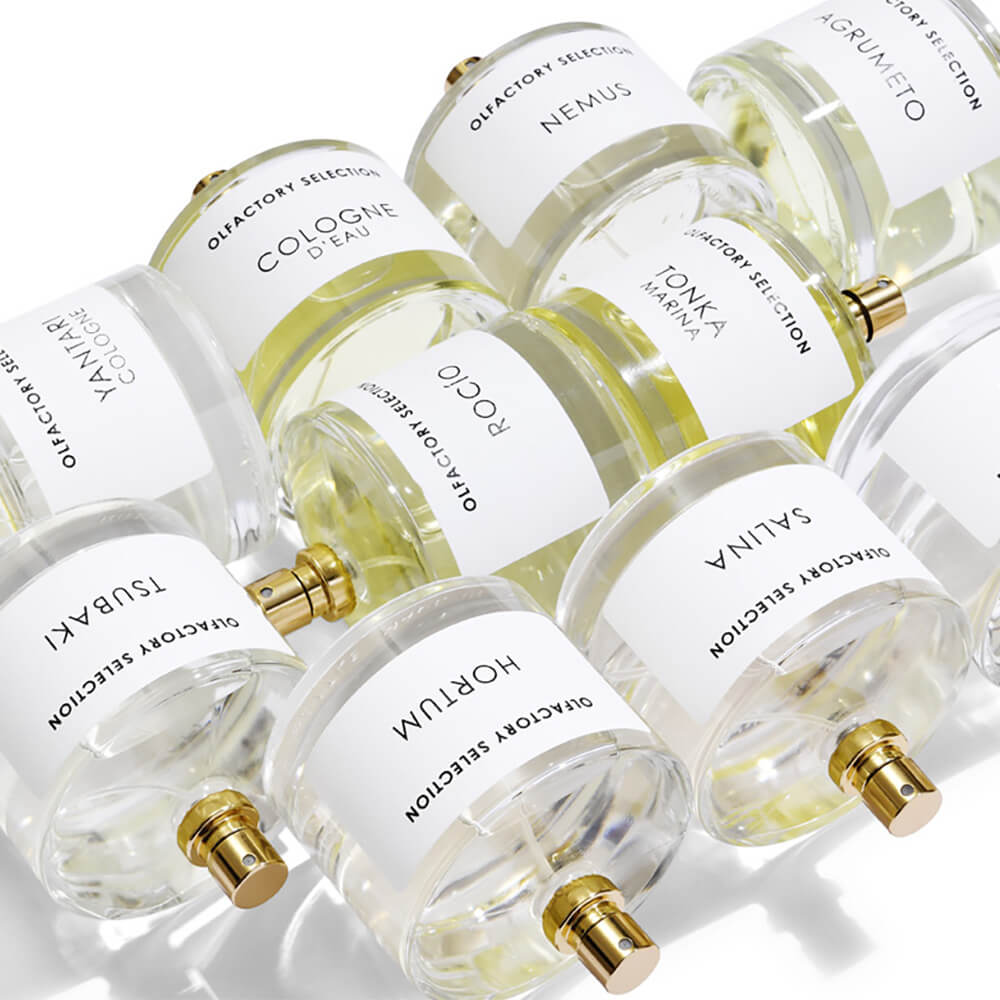
Apparently they may look similar, but in reality each perfume has its own personality with very peculiar characteristics. Creating a perfume is in all respects an art and it must be known, loved and understood as such.
It is precisely because of this that Albogroup, an expert in perfumes, has created an olfactory within its company through which the fragrances used in the formulation of hotel amenity lines for hotels and products dedicated to retailare selected.
It may seem obvious, but the success of a cosmetic line, also for those dedicated to Hotels and generally defined as Hotel Amenities, depends a lot on the type of fragrance that is included in the formula to maximise the concept of the line and to make the product unique and recognisable.
For example, among Albogroup’s hotel dispenser proposals, the refined Argan line has a very sophisticated, fresh, flowery, woody and musky fragrance, with notes of Lemon and Bergamot, Argan and Fine Woods.
Each perfume is in fact composed of certain olfactory notes, which find their own classification in the so-called olfactory pyramid.
It was Aimé Guerlain, in 1889, who used this term to present Jicky, a women’s fragrance that became an icon of all France and that still today is one of the best-selling fragrances of the entire Guerlain line.
To know every single facet of a fragrance, it is important to know how to correctly read the olfactory pyramid, that is, from top to bottom.
However, what and how many are the olfactory notes? Conventionally, there are three groups of olfactory notes:
- Top notes
- Heart notes
- Base notes

Olfactory top notes in perfumes, what are they?
The top notes are perceived first by our senses (usually in the five minutes following the spray) and in fact they make us fall in love with the fragrance itself. What characterises these notes is their light and volatile essence, which captures and stimulates the senses of those who smell them for the first time.
The main protagonists of the olfactory top notes are citrus fruits and aromatic herbs, such as orange, lemon, lavender and eucalyptus.
Heart notes
The heart notes represent “the scent trail” of a perfume and their essence lasts longer than the olfactory ones. Generally, their duration varies from a minimum of two hours to a maximum of four. They in turn are divided into:
- Floral notes : jasmine, rose, convallaria majalis and tuberosa;
- Fruity notes : apricot, pear and peach;
- Herbaceous notes: grass and leaves.

Base notes
The base notes are perhaps the most important, because they describe the personality of each fragrance. They emerge warm and intense from the first moment, but despite this characteristic, our olfactory sense takes longer to perceive them.
Due to their peculiarities, they also resist for twenty-four hours from the first spray. Woods and mosses are the raw materials that give that touch of depth to the base notes.
Base notes are distinguished between:
- Woody notes : cedar, patchouli, moss and sandalwood;
- Balsamic notes : tonka beans, amber and vanilla.
Regardless of the type of olfactory notes, it is important to take into account that each fragrance is interpreted on the basis of its olfactory memory and that at the same time it is influenced by the acidity of the skin of each of us.
However, knowing how to interpret the olfactory pyramid can be a valuable help for those who are looking for a fragrance that adapts to their olfactory needs.
Compositions of a perfume: fragrances and families
After identifying the elements that characterise the notes of a perfume, let us analyse its compositions.
Today, perfumes are mainly composed of two ingredients: alcohol and natural (or synthetic) elements. To create a fragrance, up to a maximum of eighty scented ingredients are chosen from more than two thousand essences.
Each component gives life to a perfume and differs from the others both in terms of evaporation and firmness. Next to the olfactory pyramid are the olfactory families, which in fact allow to classify the different fragrances; currently, there are seven recognised ones.
Contact us for more information

Musky, Spicy, Woody, Amber or Powdery Fragrance
Each fragrance has its own identity and personality. Let us take a closer look at the main characteristics of these olfactory families:
- Leather (or Musky): the notes of this family are particularly bold and refer to leather, but also to tobacco and floral essences.
- Spicy : pepper, ginger, cinnamon and carnation are the main ingredients that are used for the fragrances belonging to this family. Their unmistakable warmth is so intense that it is also perceived through the fragrances they make up.
- Woody : these are mainly masculine fragrances, which evoke the cedar notes, and are suitable for those who love nature and want to take its scents with them.
- Amber (or Oriental): vanilla, grey amber, sandalwood and spices are the main ingredients of this family. These scents, warm and enveloping, give a touch of sensuality thanks to the sweet and floral notes.
- Chypre (or Powdery): the structure of the perfumes belonging to this family is mostly oriented towards the female gender, with intense and enveloping floral notes.
Flowery and Fruity Fragrance
The Flowery fragrance, also known as floral, is distinguished from the others by the use of essential oils obtained from flowers, mainly pink and jasmine, but also purple and iris. These fragrances meet to create perfumes for a female audience.
Instead, the notes of the Fruity fragrance fit into a wider segment, where there are sweet (strawberry, peach and raspberry) and exotic (pineapple, papaya) harmonies.
Citrus and Marine Fragrance
As the term itself suggests, ‘Citrus’, the main characteristic this family is the presence of fragrances with Mediterranean connotations, such as orange, grapefruit, lemon, bergamot and mandarin. Also known as the Esperidata family, its origin is traced back to the Esperids, figures belonging to the Greek myths who, according to some ancient texts, were the guardians of the garden of Era where golden fruits (oranges) grew.
The Marine Fragrance, on the other hand, is part of a context characterised by essences that recall the scent of the sea breeze.
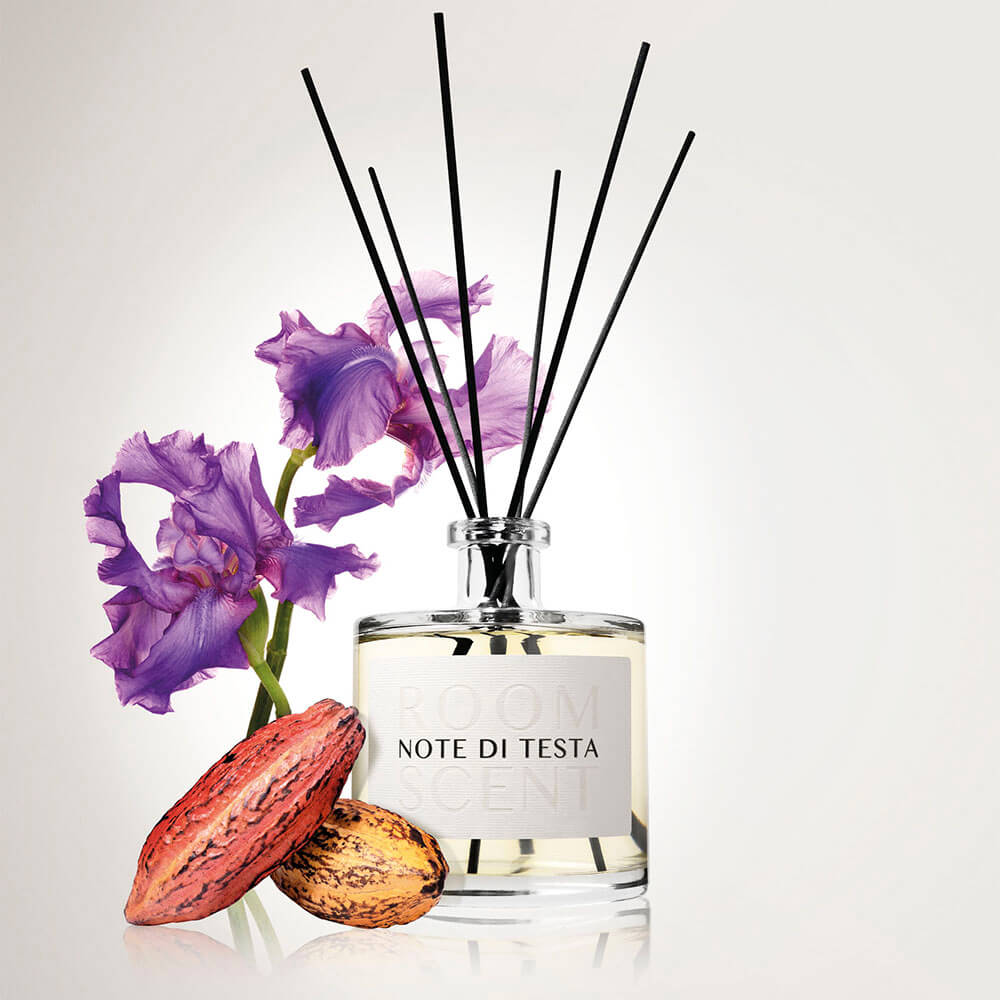
What is an aldehyde perfume?
Although the choice of a fragrance is dictated by personal tastes, what most people share is the desire to find a fragrance that, once sprayed on their skin, lasts as long as possible. One of the main characteristics of natural ingredients is their short duration. It is precisely here that chemistry comes into play, fixing an characteristic that was neglected by Mother Nature, through aldehydes.
Adehydes, whose term derives from the Latin alcohol dehydrogenatus, are organic compounds that, once in contact with the air, oxidise.
In addition to strengthening the olfactory notes of a perfume, aldehydes therefore have the ability to make a fragrance last longer. However, these molecules have proven to be particularly versatile, so much so that the addition of a carbon atom is enough to completely change the perceived fragrance.
Guy Robert, in his book “Les sens du parfum” (The senses and essence of perfume), exposes the main characteristics of aldehydes and emphasises that, if the carbon atoms are even, the olfactory notes have a fruity fragrance; otherwise, if the number of atoms is odd, then aldehydes are odourless.
Aldehydes arrived for the first time in the world of perfumery during the early 1900s with the most famous fragrance of the Chanel house, n°5. Coco Chanel wanted a perfume that was not imitated by other houses and so she turned to Ernest Beaux, asking him to create a unique and very expensive fragrance.
He therefore decided to use a lot of jasmine, but this choice gave the perfume excessively sweet notes; it was precisely thanks to aldehydes that Beaux was able to balance the formula, thus creating a perfume that today turns out to be one of the most sold (and appreciated) on the market.
Conventionally, aldehyde is considered a synthetic ingredient, however it is also present in several natural essences, such as in the zest of citrus fruits and cinnamon.
They are also used not only in the field of cosmetics and perfumery, but also in household products and in all those that we use in our daily lives and that have fragrant notes.
In conclusion, an aldehyde fragrance is nothing more than a fragrance whose olfactory notes are fixed by specific molecules, aldehydes, which have completely revolutionised the world of perfumes, giving each person the opportunity to savour on their own skin the initial intensity of the fragrance even after hours.

What is the Albogroup Olfactory?
The Albogroup Olfactory is a precious treasure chest that collects exclusive and refined fragrances, the result of a careful selection of the best perfumers.
Refined fragrances, far from the aggressive and massive style of commercial perfumery, they pursue the impalpable inspiration of a dream, of a story, of a literary or musical intuition and try to express it through the art of selective perfumery.
Some of the most memorable fragrances:
Tsubaki: Pink Grapefruit – Orange Flowers – Camellia – Jasmine Sambac – Peony – Cherry Wood – Amber – Sandalwood – White Musk
Fraiche Fig: Violet Leaves – Green Notes – Fig – Plum – Iris – Peony – Cedarwood – Oak Moss – Moss
Salina: Salt Flower – Lemon Flower – Myrtle – Marine Notes – Ozone – Neroli – Water Lily – Cedar Wood – Mosses
Rocío: Pink Grapefruit – Carrot Seeds – Papyrus – Bitter Orange – Incense – Dewy Green Notes – Pink – Magnolia – Cedarwood
Cologne d’Eau: Orange Flowers – Mandarin – Bergamot – Freesia – Water Lily – Pink – Patchouli – Sandalwood – Carvi
Nemus: Calabrian Bergamot – Lemon Flower – Neroli – Blue Iris – Damask Pink – Red Fruits – Gaiac Wood – Vetyver – Mosses
Hortum: Basil – Lime – Cassis – Tomato Leaves – Fig Leaves – Water Jasmine – Iris – Sandalwood – Amber – Ebony Wood
Tonka Marina: Lemon – Bergamot – Orange – Neroly – Floral notes – Ozonated sea notes – Musky notes – Tonka – Vanilla – Salt
Yantari Cologne: Bergamot – Mandarin – Cardamom – Clary Sage – Neroly – Lavender – Iris – Vetyver – Patchouly – Leather – Amber – Cocoa – Cedar Wood
Agrumeto: Neroli – Bergamot – Lemon – Orange Flowers – Sandalwood – Cedarwood – Moss
From this olfactory research, our lines of perfumes dedicated to hotel amenities and the lines of cosmetics for retail are born. Contact us now if you are looking for a truly exclusive line for your distribution or if you want to develop a new line of hotel and retail cosmetics with truly special fragrances.
